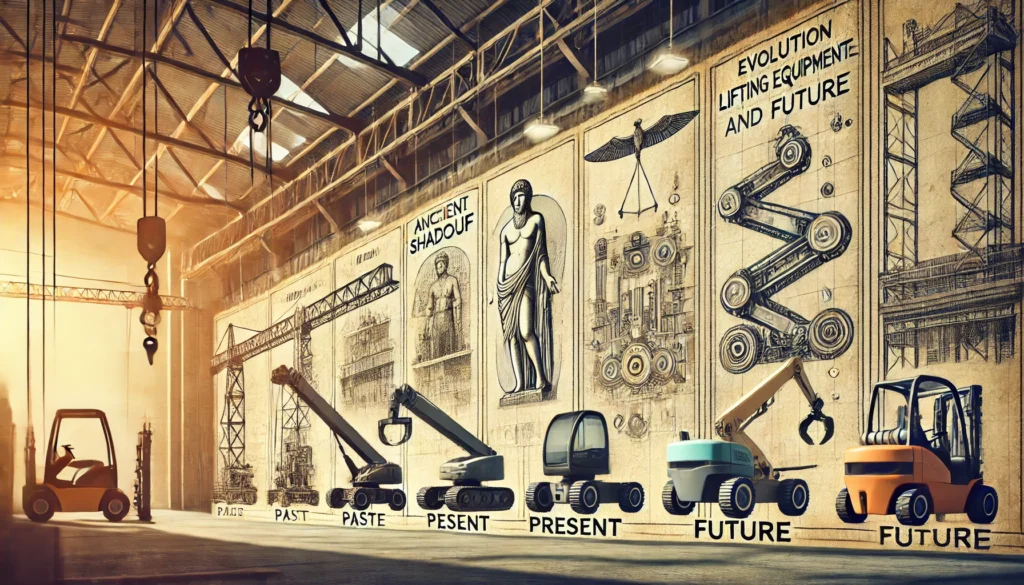As the world continues to evolve, so too does our approach to lifestyle. Several trends are emerging that will shape how people live in the coming years:
1. Remote and Hybrid Living
The shift toward remote and hybrid work isn’t just changing office culture—it’s redefining entire lifestyles. People are moving out of crowded urban centers in favor of quieter, more affordable locations. Digital nomadism is no longer limited to freelancers; even salaried professionals are choosing flexible living and working arrangements. This trend promotes a lifestyle that values freedom, adaptability, and work-life integration.
2. Holistic Wellness
The future of wellness is deeply holistic. People are no longer satisfied with fitness alone—they want emotional, mental, and even spiritual well-being. Practices like journaling, cold therapy, breathwork, sound healing, and digital detoxes are gaining popularity. Wellness retreats, self-help communities, and mental health coaching will become integral parts of lifestyle ecosystems.
3. Minimalism and Intentional Living
In reaction to consumer culture, many are embracing minimalism—not just in physical possessions, but also in commitments, digital clutter, and social obligations. This intentional lifestyle prioritizes meaning over materialism, time over money, and connection over consumption. Minimalism fosters a calmer, more focused life and helps individuals become more environmentally responsible.
4. Tech-Integrated Smart Living
Smart homes, wearable health monitors, AI personal assistants, and home automation are quickly becoming part of everyday life. These tools offer convenience, improve safety, and support healthier choices. A lifestyle embedded with smart technology can provide real-time feedback on sleep, diet, stress levels, and productivity, enabling users to optimize their habits.
5. Community-Oriented Living
In an age of digital saturation and urban isolation, people are seeking stronger human connections. Community living, cooperative housing, and local farming initiatives are re-emerging as attractive lifestyle options. Shared spaces, group wellness activities, and neighborhood events foster a sense of belonging and social support that is often missing in individualistic lifestyles.
How to Redesign Your Lifestyle
Crafting the lifestyle you want doesn’t require a complete overhaul overnight. Here are some simple steps to begin the transformation:
-
Assess Your Current Habits – Track how you spend your time, money, and energy. Identify what brings you joy and what drains you.
-
Set Clear Priorities – Decide what’s most important to you: health, freedom, relationships, success, simplicity? Let this guide your decisions.
-
Start Small – Introduce small changes like daily walks, healthier meals, 10-minute mindfulness sessions, or reducing digital time.
-
Be Consistent – Lifestyle is built on habits. Consistency will create lasting change more than big, temporary efforts.
-
Stay Inspired – Follow thought leaders, read books, listen to podcasts, or join communities that align with your desired lifestyle.
Final Thoughts
Lifestyle isn’t a luxury—it’s a vital framework that affects every part of your life. It influences your health, mindset, relationships, productivity, and long-term happiness. As individuals, we have more power than ever to shape our lives in meaningful ways. Whether you’re drawn to slow living, high performance, sustainable choices, or spiritual growth, the key is to live intentionally.
In a world that constantly changes, cultivating a lifestyle that supports your unique needs and values is not just empowering—it’s essential.




















